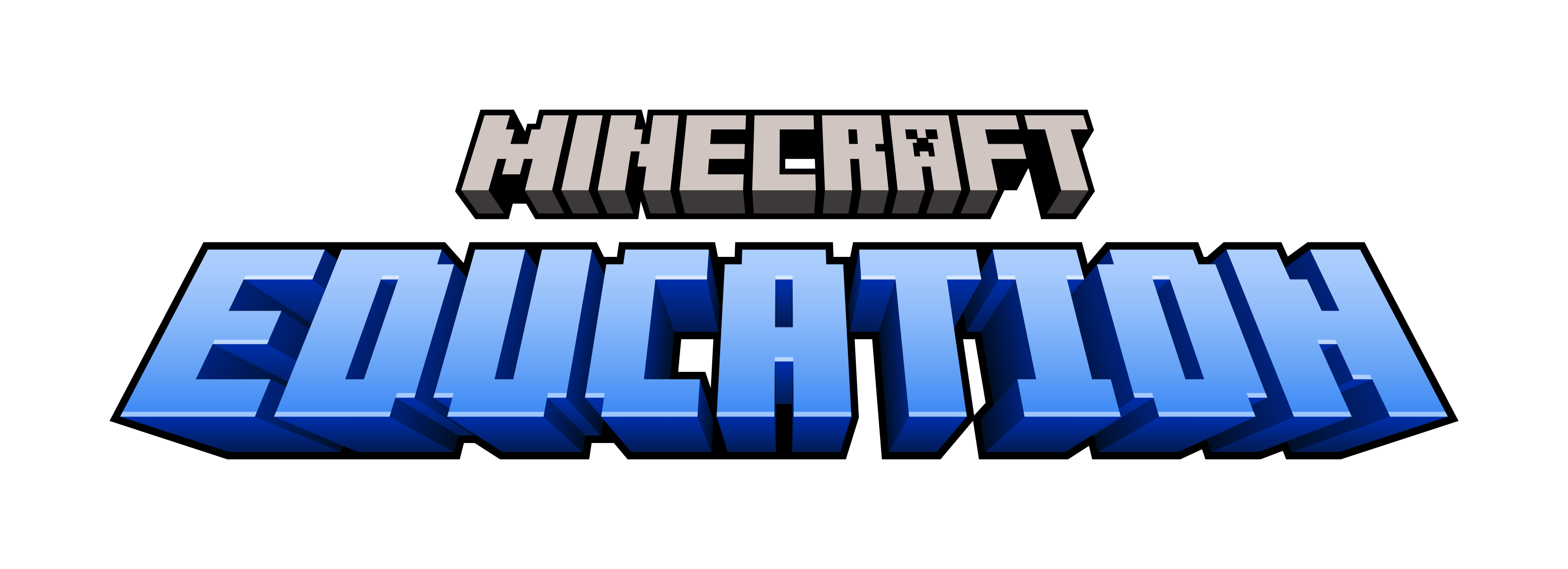Teaching Creativity with Minecraft
by Yasemin Allsop @yallsop I remembered a conversation that I had with my Year 5 and 6 kids (9-11 years old) about Minecraft whilst I was working as a primary school teacher. They did not just follow me around all day, begging me to bring Minecraft to our school, but at the same time kept telling me how it would help them to learn better. One of them said, “We will be more creative”. “Really, how?” I replied with a smile on my face, not convinced with their explanations. This made me think a lot about the word ‘creativity’, not only just what the literature says, or dictionary definition, but through the eyes of children. So What Is Creativity? Robinson defines creativity as ‘the process of having original ideas that have value’ (2009:114). He argues that education kills creativity in children. He sees creativity as “taking the imagination to another level” by putting ideas into physical results (2009). This means that if we are to teach children creativity, we need to provide them with learning experiences that will allow them to express their ideas through doing something. Quinlan makes an interesting point by suggesting that ‘between the technical and the creative is an intersection where young people make useful projects while learning about technology’ (2015:7). I agree with this definition but for me Burn and Buckingham (2007), noted a very important point that is missing from many definitions of creativity. They quoted that “Creativity is a combination of children's imaginative acts and conceptual thinking”. I was able to observe this during one of my research projects where I asked some children to design a game. When the children were asked what they thought creativity was, their description included; fun, making things, creating things, but the most interesting point was the use of words brain power, mind, logic and decision. So many children explained the process of creativity as creating or making things using your mind, using your brainpower, using your imagination. Some students suggested it involved decisions. For children creativity was more than drawing or painting, it involved thinking, decision making, creating, making, using your brain, your mind, in other words your knowledge and understanding to design, to make something, in this case a game (Allsop, 2012).
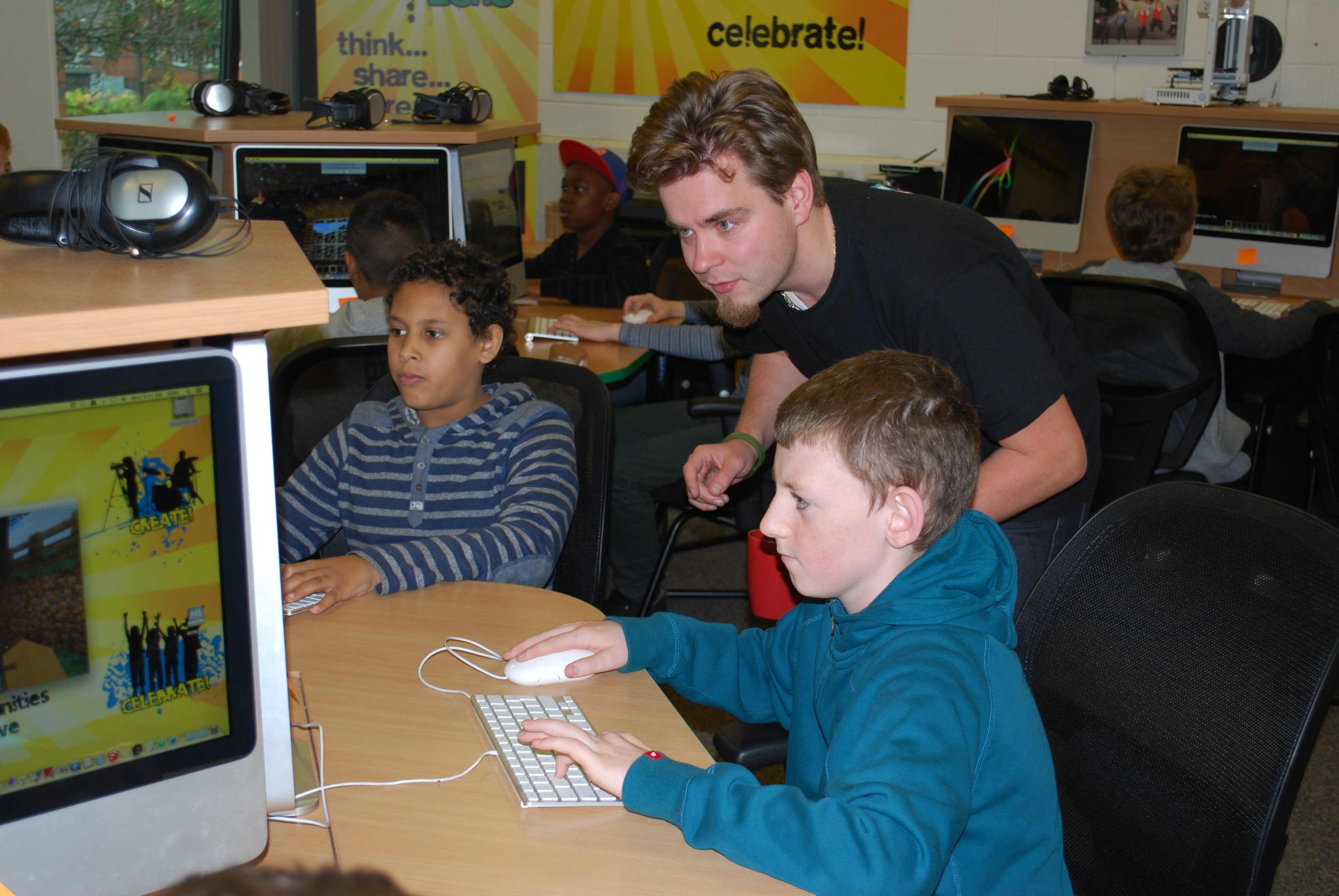
How Does Minecraft Provide A Platform For Unleashing Creativity? I think that it might be better to explain this through an example. One of the first Minecraft projects that I did was with my Year 6 children where they created some of the Ancient Worlds; Rome, Egypt and Greece. You can look at the project at this link. They first carried out some online research to find out about how people lived in different Ancient worlds, what kind of houses they had, what their temples looked like, which materials they used and so forth. They then had discussions in groups deciding how to design their own world. They printed out some images, stuck them on some paper and drew objects around them. It was clear from not only the observations but also their photos, that they were having discussions on how to shape their world and making decisions collaboratively.
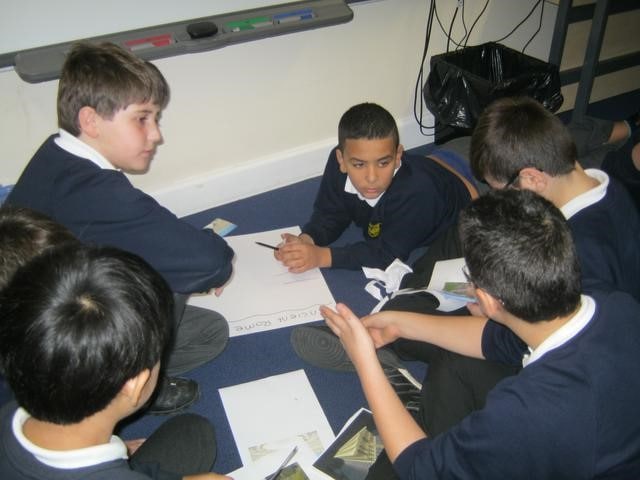
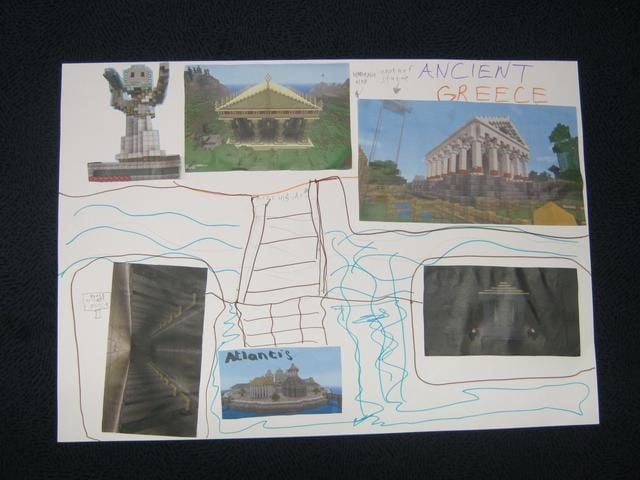
This element of collaborative working continued whilst they were using Minecraft to turn their design into reality. They shared the tasks so that they did not just build anything anywhere. They experimented with different materials and had some issues with scaling the buildings in line with the real ones, whilst at the same time building in their ancient world sections. Then came different learning behaviours; mathematical calculations, problem solving, designing solutions, coming up with ideas, strong discussions and making decisions. Their activity was creative not because it involved imagination and originality but that it represented a complex design and making process, whereby they were able to invent and practice skills such as problem solving, critical thinking and decision making, which can be seen as aspects of creativity. It is true that their ideas and imagination did not represent something completely new, but it was still original as it was presented as a product of their own experiences. In other words it was creative because children did express how they perceived the ancient worlds through their imagination and conceptual thinking.
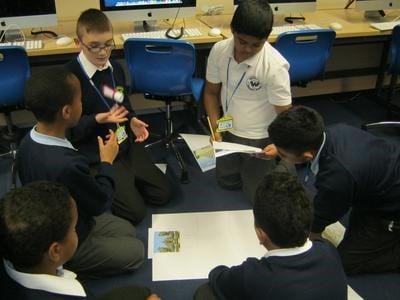
At this point we need to highlight the elements of Minecraft that were making it possible for providing such platform for the children to develop their creative skills. Tinkering: The ease of building, breaking, building again makes it perfect for children to tinker with ideas without worrying about destroying something. This is because when you break the bricks, there is nothing to lose. You use them again and make something else. Experimenting with materials: Minecraft allows children to experiment with materials that enable them to create a very real life-like representation of the world. Collaboration: I think this is my favourite. Game making if it is not planned for children either in pairs or groups can be a very solo activity. Minecraft facilitates collaboration by allowing learners to build together. Problem solving & Critical thinking: Although it looks very easy to build a small basic house in Minecraft, it is not that easy to build complex objects and buildings, requiring higher-level thinking for designing solutions through different challenges. For example exploring sustainable living in Minecraft. Communication: The chat in Minecraft allows children sitting in different parts of the classroom to communicate, share ideas and support each other. I always saved their chat files to explore what kind of things they talked about. It was interesting to see that those who were very shy sometimes-invisible children were able to either ask for help or offer assistance to someone else. Cross-curricular approach: It is possible to use Minecraft across the curriculum. Either telling a story in literacy or creating a map of the world in geography, building religious buildings in RE or experimenting with a dam in Science and even using coding skills to manipulate the design. So it is possible to develop learning in many subjects through Minecraft projects. Self-regulation: When using Minecraft to create something children are in control of their decisions and activities. They plan, manage and evaluate their learning by regulating their mental activities. Final Words... I am not sure if schools kill creativity. I think it is all about what type of learning experience we design for our students and how we facilitate this experience. We are not obliged to teach with worksheets or just transfer knowledge by talking at them for hours. We need to tune in and listen to our learners. Find out about how they would like to learn and wherever possible provide these experiences for them. We need to let them experiment with ideas and face many challenges. Most importantly we need to give them space to enable them to learn how to learn and love to learn. Happy tinkering in Minecraft! References Allsop, Y. (2012). Exploring the Educational Value of Children’s Game Authoring Practices: A Primary School Case Study 6th ECGBL Conference Proceedings. Cork. October 2012. Buckingham, D., & Burn, A. (2007). Game literacy in theory and practice. Journal of Educational Multimedia and Hypermedia, 16, 323–349. Quinlan, O. (2015) Young digital makers. London: Nesta. Robinson, K. (2009). The Element: How finding your passion changes everything. New York: Penguin Books. About Yasemin I worked as an ICT Coordinator in primary schools in London for almost 10 years. I am currently employed as a Lecturer in Primary Education at Institute of Education, University College London. My research focus is children’s thinking learning and metacognition when making digital games.
